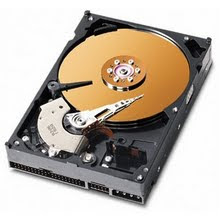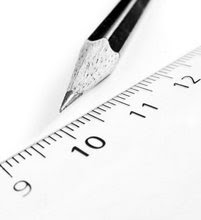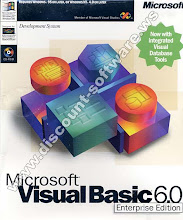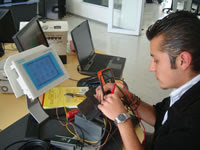
welcome
Ver pagina en español
Counter of visits
About Me
Blog Archive
miércoles, 11 de marzo de 2009

lunes, 2 de marzo de 2009
lunes, 23 de febrero de 2009
 This feature allows you to combine multiple items into one text You can also concatenate two strings or a character with a chain to forma larger chain. Some examples are: 'a' concatenated 'b' -> "ab" "ABCD" Concatenated 'b' -> "ABCDb" 'a' concatenated "XYZ" -> "aXYZ" "ABCD" Concatenated "XYZ" -> "ABCDXYZ" (string1, string2, ...) String1, string2 ... are 2 to 255 text elements that will join in a single text element. The text items can be strings, numbers, or references to cells alone. Comments You can also use the arithmetic symbol "and" Commercial (&) instead of the Concatenate function to join text items. For example = A1 & B1 returns the same value = Concatenate (A1, B1). Example The example will be easier to understand if you copy to a blank worksheet. How to copy an example Create a spreadsheet or a blank. Select the example in the Help topic. Note Do not select the header row or column. Select an example of the Help Press CTRL + C. In the worksheet, select cell A1 and press CTRL + V. To switch between seeing the results and viewing the formulas that return the results, press CTRL + `(grave accent), or on the Formulas tab, in the Formula Auditing group, click Show Formulas.
This feature allows you to combine multiple items into one text You can also concatenate two strings or a character with a chain to forma larger chain. Some examples are: 'a' concatenated 'b' -> "ab" "ABCD" Concatenated 'b' -> "ABCDb" 'a' concatenated "XYZ" -> "aXYZ" "ABCD" Concatenated "XYZ" -> "ABCDXYZ" (string1, string2, ...) String1, string2 ... are 2 to 255 text elements that will join in a single text element. The text items can be strings, numbers, or references to cells alone. Comments You can also use the arithmetic symbol "and" Commercial (&) instead of the Concatenate function to join text items. For example = A1 & B1 returns the same value = Concatenate (A1, B1). Example The example will be easier to understand if you copy to a blank worksheet. How to copy an example Create a spreadsheet or a blank. Select the example in the Help topic. Note Do not select the header row or column. Select an example of the Help Press CTRL + C. In the worksheet, select cell A1 and press CTRL + V. To switch between seeing the results and viewing the formulas that return the results, press CTRL + `(grave accent), or on the Formulas tab, in the Formula Auditing group, click Show Formulas.
1
2
3
4
A
Data
Full Name First Name Last Name
Edgar Ramos
David Lopez
concatenates a sentence from the above data
Within a hard disk is one or several plates (usually between 2 and 4, although there are up to 6 or 7 dishes), which are disks (aluminum or glass) and concentric rotating all at once. The head (read / write device) is a set of vertically aligned arms that move in or out as appropriate, all at once. At the tip of these arms are the heads of read / write, thanks to the movement of the head can read both indoor and outdoor areas of the disc.
Each plate has two sides, and we need a head read / write to each side (not a head plate, but one per side). If you look at the schema-Cylinder Head Sector (below), at first glance are 4 arms, one for each dish. In fact, each arm is double, and contains 2 heads: one to read the face of the plate, and another to read the lower side. Therefore, there are 8 heads to read 4 plates. Heads reading / writing never touch the disk, but that pass very close (up to 3 nanometers), or 3 millionths of a millimeter. If one comes to him, causing extensive damage to the disc, rayándolo seriously because of how fast you spin the plates (one of 7,500 revolutions per minute moving at 120 km / h on the edge).
















